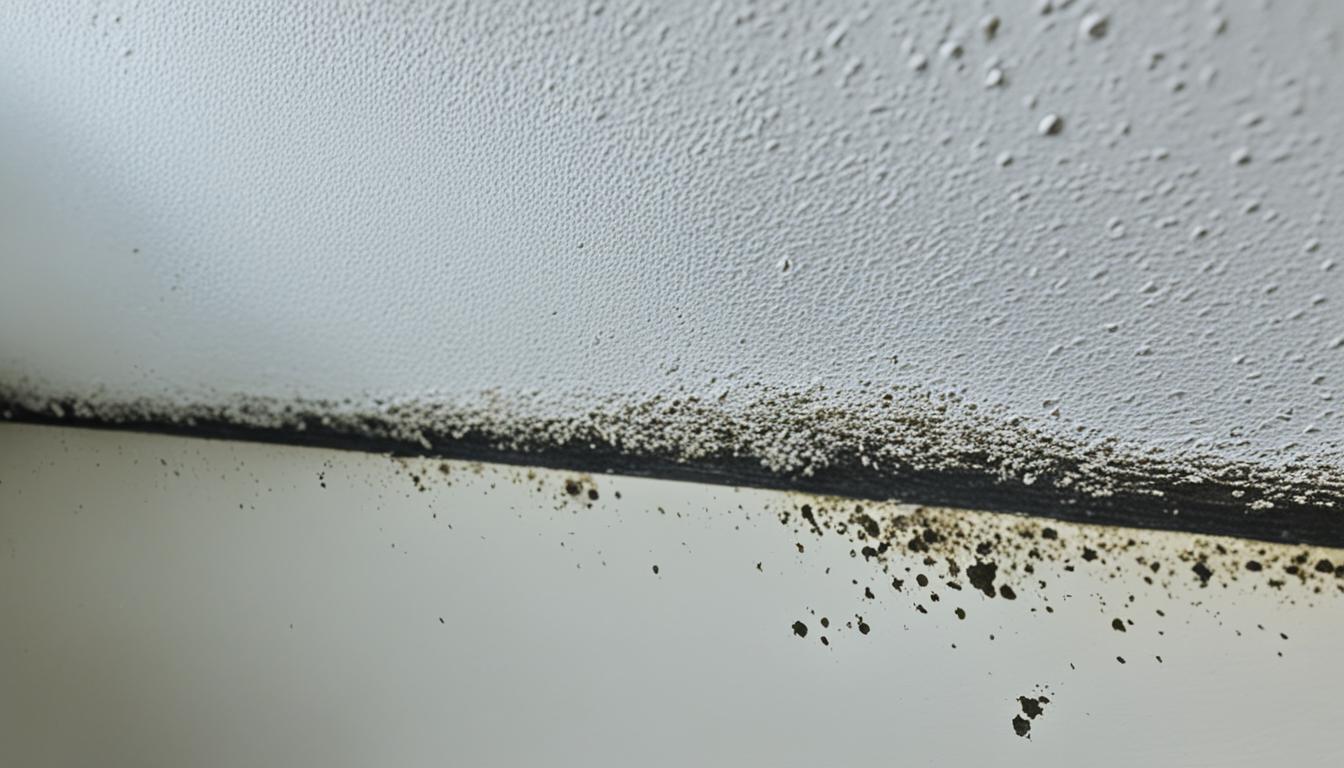
Hidden Mold Hotspots in Florida Homes
Mold is a persistent and potentially dangerous problem that many Florida homeowners face. It can grow in various places within a property, often hidden from plain sight. Understanding these common mold hotspots is essential in order to prevent its occurrence and protect your living spaces. By being vigilant and proactive, you can ensure the safety of your home and the well-being of your family.
Key Takeaways:
- Familiarize yourself with the common places where mold tends to form in Florida homes.
- Regularly inspect and maintain areas prone to mold growth to prevent its spread.
- Keep indoor humidity levels below 50% to discourage mold growth.
- Address any water leaks or moisture issues promptly to prevent mold from thriving.
- Consider utilizing air purifiers or dehumidifiers to create an inhospitable environment for mold.
Common Mold Locations in Florida Residences
Mold growth can be a persistent issue in Florida houses, with certain areas more prone to mold development than others. Understanding the common locations where mold forms in Florida residences is crucial in preventing its frequent occurrences and ensuring the well-being of your home.
One of the primary mold growth locations in Florida houses is basements and crawl spaces. These areas tend to have higher humidity levels and inadequate ventilation, creating an ideal environment for mold to thrive. Regular inspections and moisture control measures are essential to prevent mold growth in these areas.
“Basements and crawl spaces can be breeding grounds for mold if not properly maintained. Regularly check for any signs of moisture accumulation or musty odors to detect and address mold issues early on.”
Bathrooms and kitchens are also common areas where mold commonly forms in Florida homes. These rooms are frequently exposed to moisture from showers, faucets, and cooking, providing the necessary conditions for mold to grow. Proper ventilation, routine cleaning, and prompt repair of any leaks or water damage are vital in preventing mold growth in these areas.
The attic is another significant location for mold growth in Florida houses. Improper insulation, roof leaks, and limited airflow can lead to high humidity levels, creating an environment conducive to mold formation. Regular inspection, addressing roof leaks promptly, and ensuring proper ventilation can help mitigate mold growth in the attic.
Window sills and frames are often overlooked but can be vulnerable to mold in Florida residences. Condensation can accumulate on windows, especially during the humid months, providing a source of moisture for mold growth. Regular cleaning and wiping away condensation can help prevent mold formation in these areas.
Wall cavities and behind wallpaper are hidden spaces where mold can thrive in Florida houses. Water intrusion from leaks or high humidity levels can result in mold growth within these concealed areas. Proper insulation, moisture barrier installation, and prompt repairs are crucial in preventing mold development behind walls and wallpaper.
AC units and ductwork can serve as breeding grounds for mold if not properly maintained. Dust, debris, and condensation within air conditioning systems can promote mold growth and result in mold spores being circulated throughout the house. Regular cleaning, air filter replacement, and professional inspections are essential in preventing mold spread through AC units and ductwork.
“Understanding the common mold locations in Florida houses is key to preventing frequent mold occurrences. By taking proactive measures and addressing any moisture issues promptly, you can protect your home from the harmful effects of mold.”
Stay vigilant and address any signs of mold growth in these common areas to maintain a healthy living environment for you and your family.

Protecting Your Florida Home
When it comes to mold in Florida homes, prevention is key. By focusing on routine maintenance and implementing proactive measures, you can create an environment that is less susceptible to mold growth. Here are some practical tips and strategies to safeguard your home and ensure a healthy living space for you and your family.
One of the primary places for mold in Florida houses is the bathroom. The warm, damp conditions in bathrooms provide an ideal breeding ground for mold. To minimize mold growth, make sure to ventilate your bathroom properly by using exhaust fans during and after showers or baths. Wipe down surfaces regularly and fix any leaks or water damage promptly.
Another popular area for mold in Florida households is the kitchen. Food spills, moisture from cooking, and even a leaking dishwasher can contribute to mold growth. Regularly clean and dry your kitchen to prevent mold from taking hold. Ensure proper ventilation by using range hoods or opening windows while cooking. Also, be mindful of hidden moisture sources like leaking pipes or faucets.
Additionally, pay attention to areas with high humidity levels, such as the attic and crawl spaces. Inspect these areas regularly for any signs of moisture or water intrusion. Proper insulation, ventilation, and the use of dehumidifiers can help mitigate mold growth in these spaces. Don’t forget to keep an eye on your air conditioning system and change filters regularly to maintain optimal airflow.




